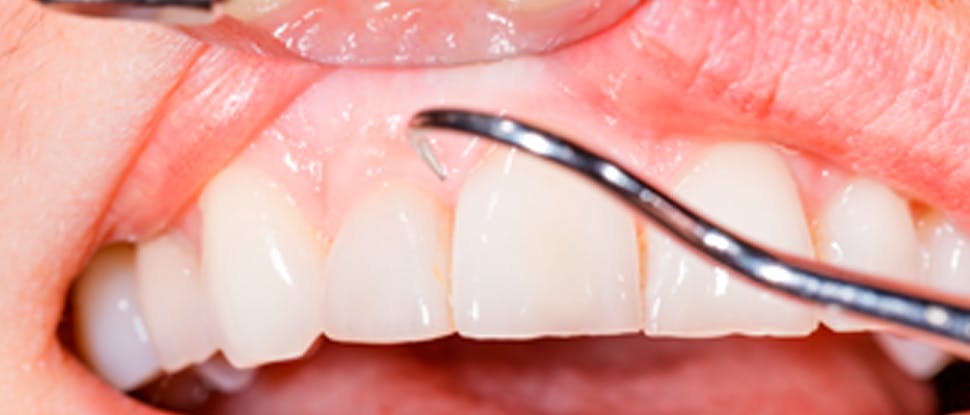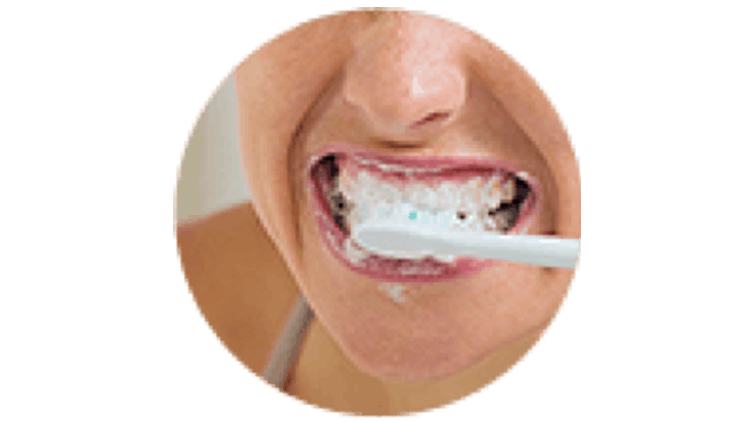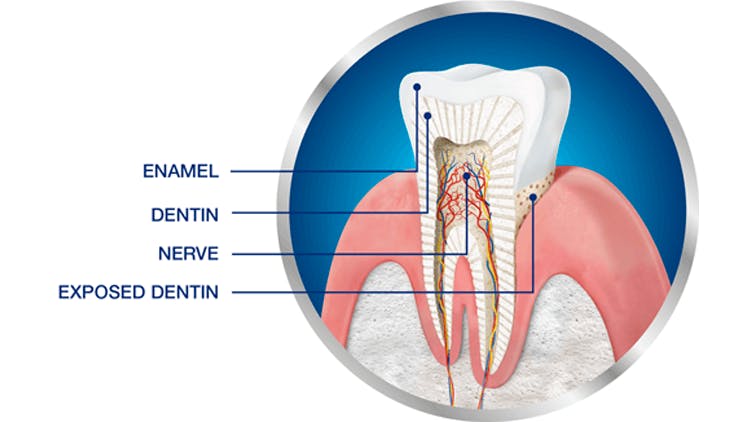Dentin Hypersensitivity: Causes and mechanisms

What causes dentin hypersensitivity?
Dentin hypersensitivity is a common dental problem that can develop over time. Here we take a closer look at the aetiology of dentin hypersensitivity.
The hydrodynamic theory of dentin hypersensitivity
Brännström’s hydrodynamic theory is currently the most commonly accepted theory of how dentin hypersensitivity arises:1,2
- Dentin hypersensitivity arises when tubules found within dentine become exposed, most commonly caused by gingival recession or enamel wear
- Once exposed, these tubules may come into contact with stimuli such as hot, cold and sweet foods and drinks, which can induce the movement of fluid within the tubules
- Such movement can trigger nerves in the pulp, which may induce a short, sharp pain





